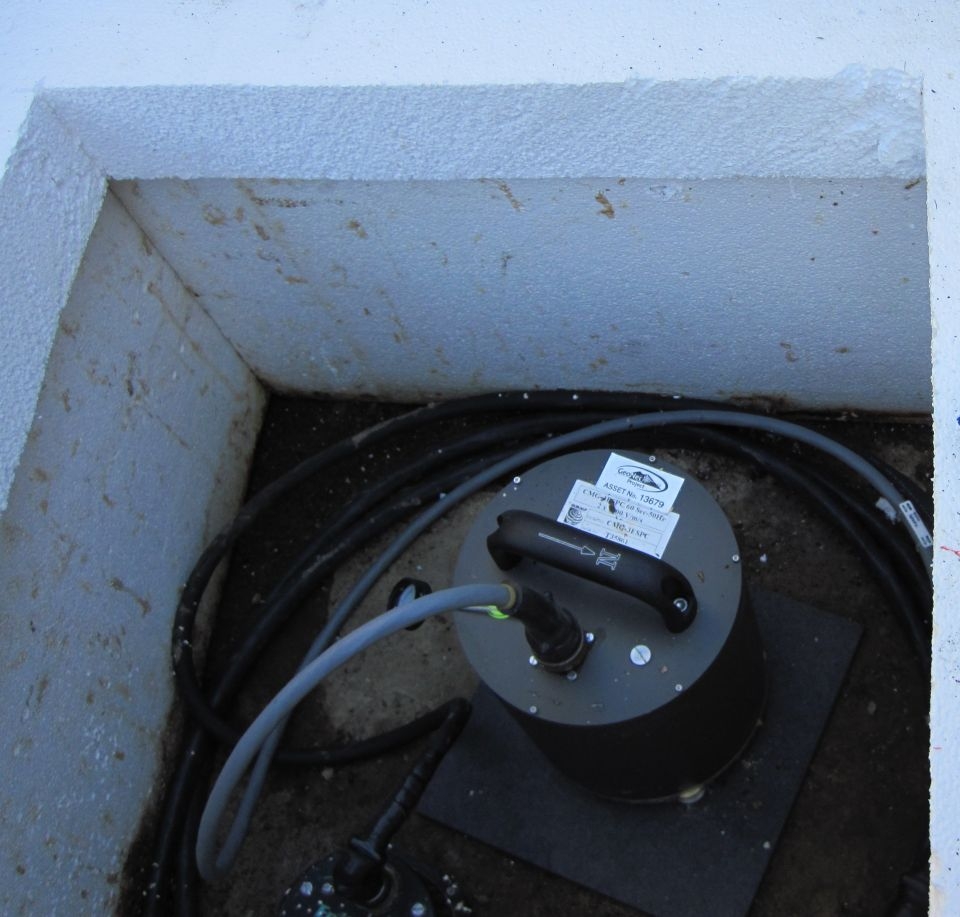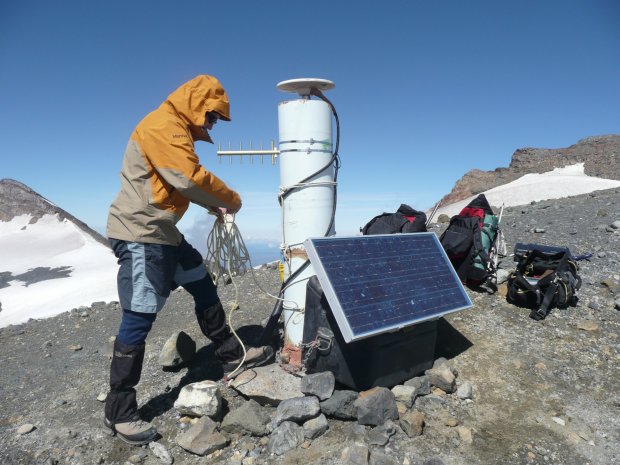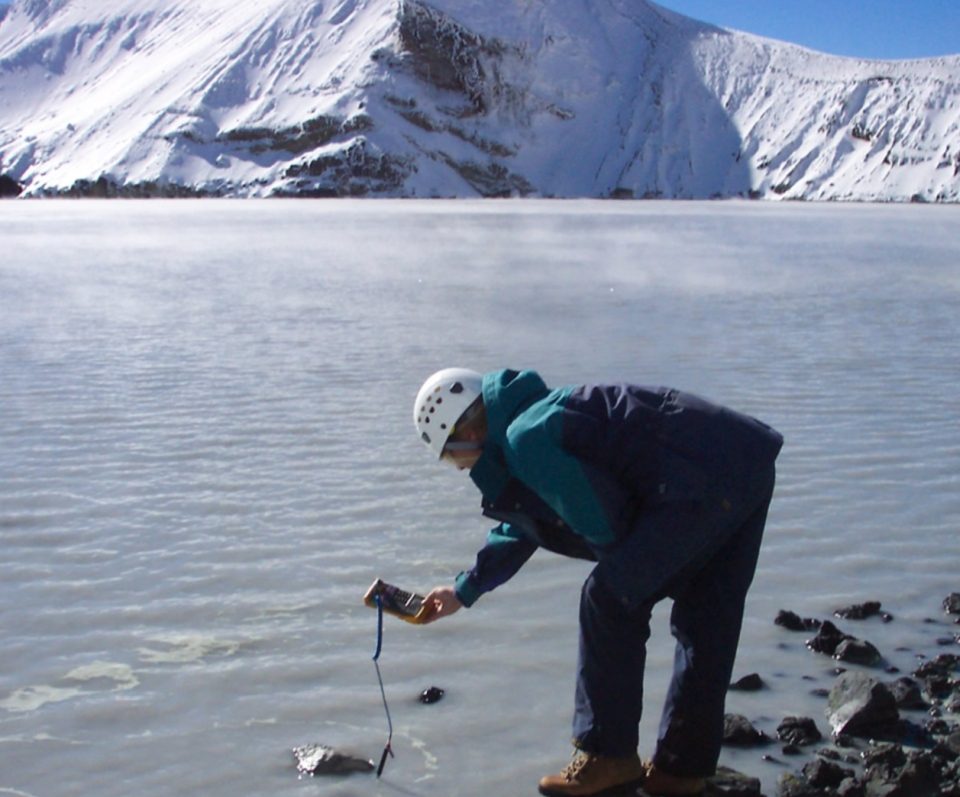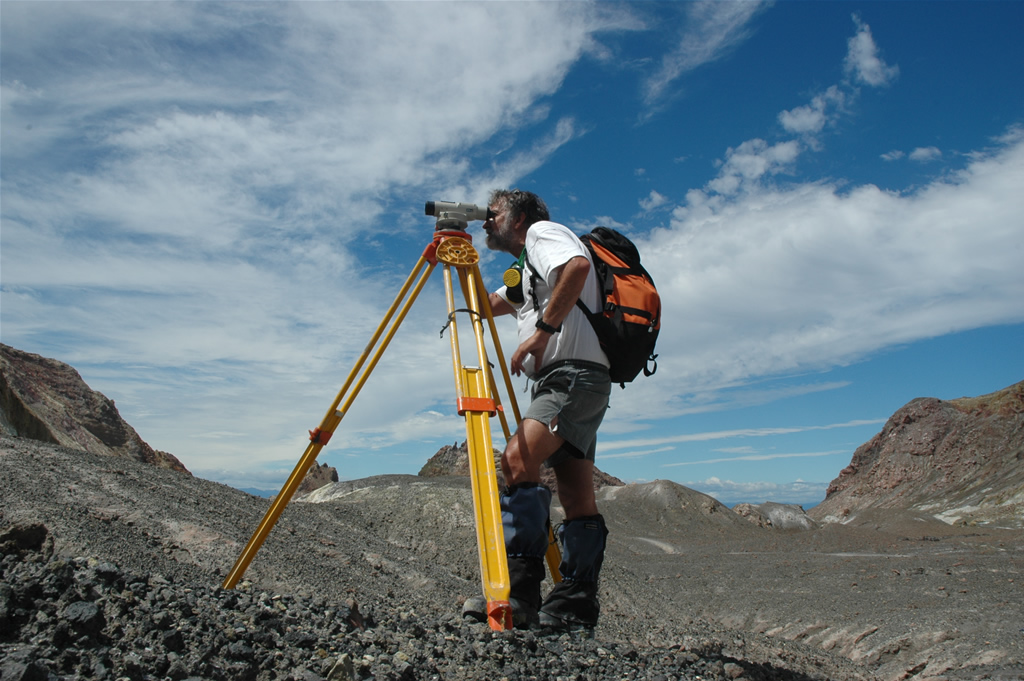Monitoring seismic activity
GNS Science runs the GeoNet project. EQC funds this project. GeoNet monitors New Zealand's earthquakes, large and small. It also monitors our active fault lines to understand past events and prepare for the future.
Monitoring active volcanoes
There are 12 active volcanic areas in New Zealand. The probability of an eruption affecting a large area is relatively low in any one year. But New Zealand still needs to be prepared for different types of volcanic eruptions.
GeoNet maintains permanent surveillance at active volcanoes. This monitoring detects the early signs of increased seismic and volcanic activity. This equipment is also used to analyse the impacts of eruptions and model future eruptions.
Warning signs
Before a volcanic eruption there may be the following signs as magma moves towards the surface:
- earthquakes
- increase in hydrothermal activity
- changes in temperature of hydrothermal areas
- changes in gases and heat emitted from volcanic vents
- land deformation (swelling or sinking of the ground)
The ECLIPSE Programme
To prepare for future eruptions we need to understand what type of eruptions are possible. The ECLIPSE programme aims to understand New Zealand’s largest volcanic eruptions. ECLIPSE stands for Eruption or Catastrophe: Learning to Implement Preparedness for future Supervolcano Eruptions.
Every few decades the Taupō Volcanic Zone (TVZ) experiences unrest. Every few hundred years it erupts. These eruptions can be very small and short lived, or more rarely, enormous on a global scale.
Scientists face huge challenges in predicting future eruptions. These challenges include:
- deciding if unrest will lead to an eruption
- estimating the timing and impacts of any future eruptions (of whatever size)
- working out the probability of another super-eruption.
The ECLIPSE Programme aims to reduce uncertainty around future volcanic unrest episodes and eruptions. It brings together many New Zealand and overseas experts. The ECLIPSE Programme has the following research aims:
- To create a ‘caldera health system’ to diagnose the current volcanic conditions.
- Identify what causes switches between dormancy, unrest and eruption.
- Produce tools to help organisations that will co-ordinate a response to eruption events.
- Create models to estimate impacts for future events.
- Create strategies to minimise the impacts of future eruptions based on eruption hazard and impact models.
Ready for a quiz? Try the "Monitoring Volcanoes" activity.







